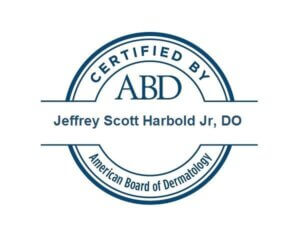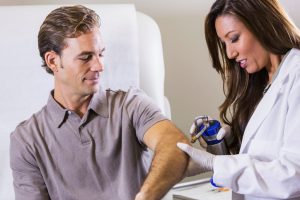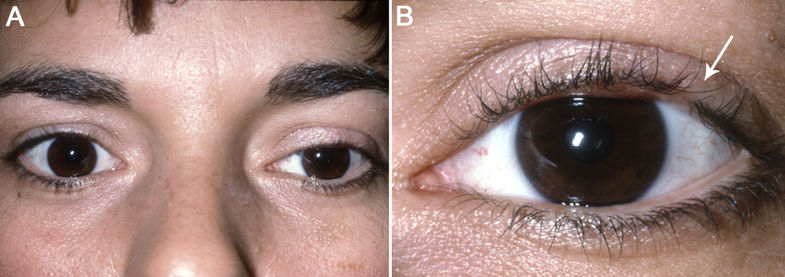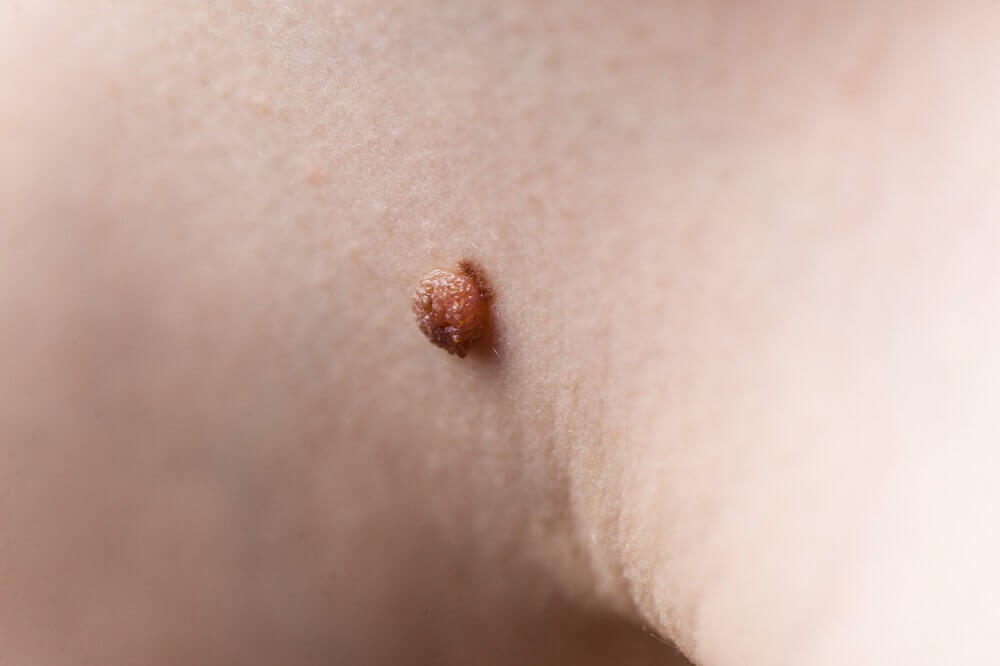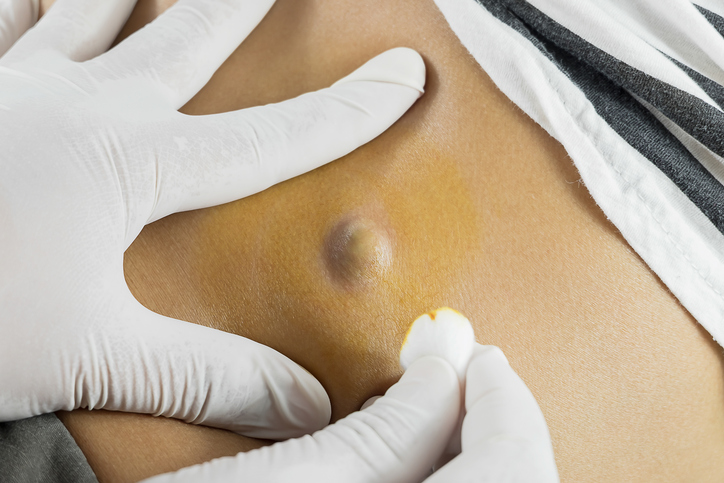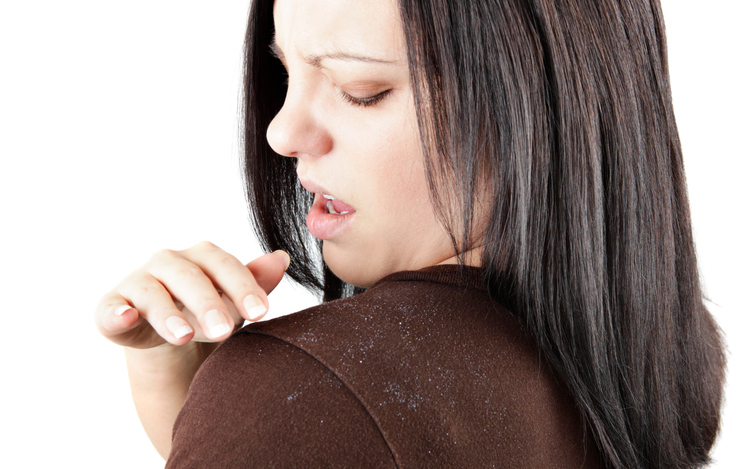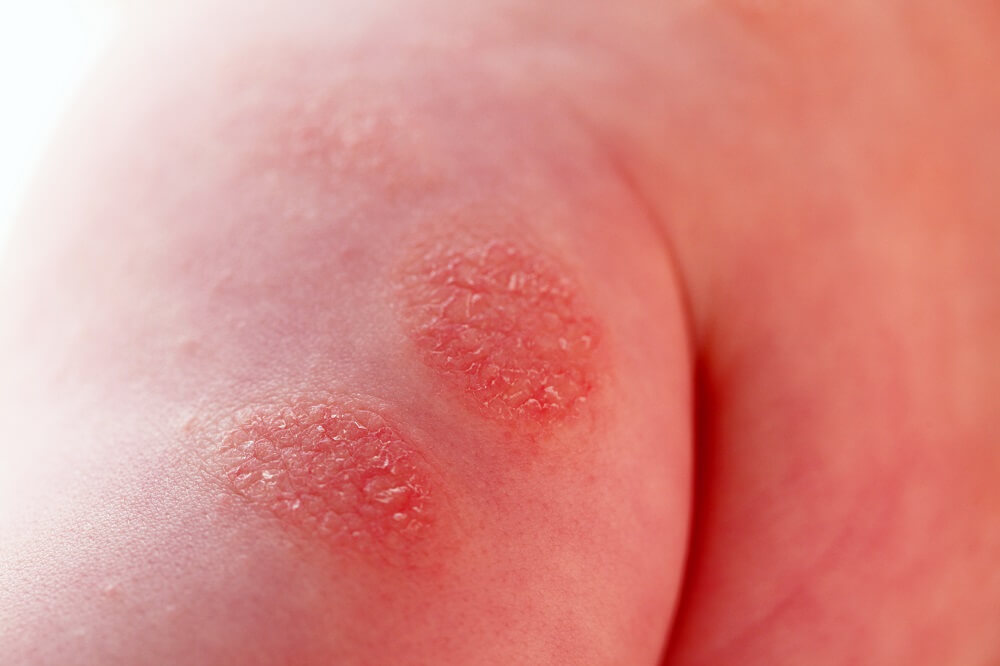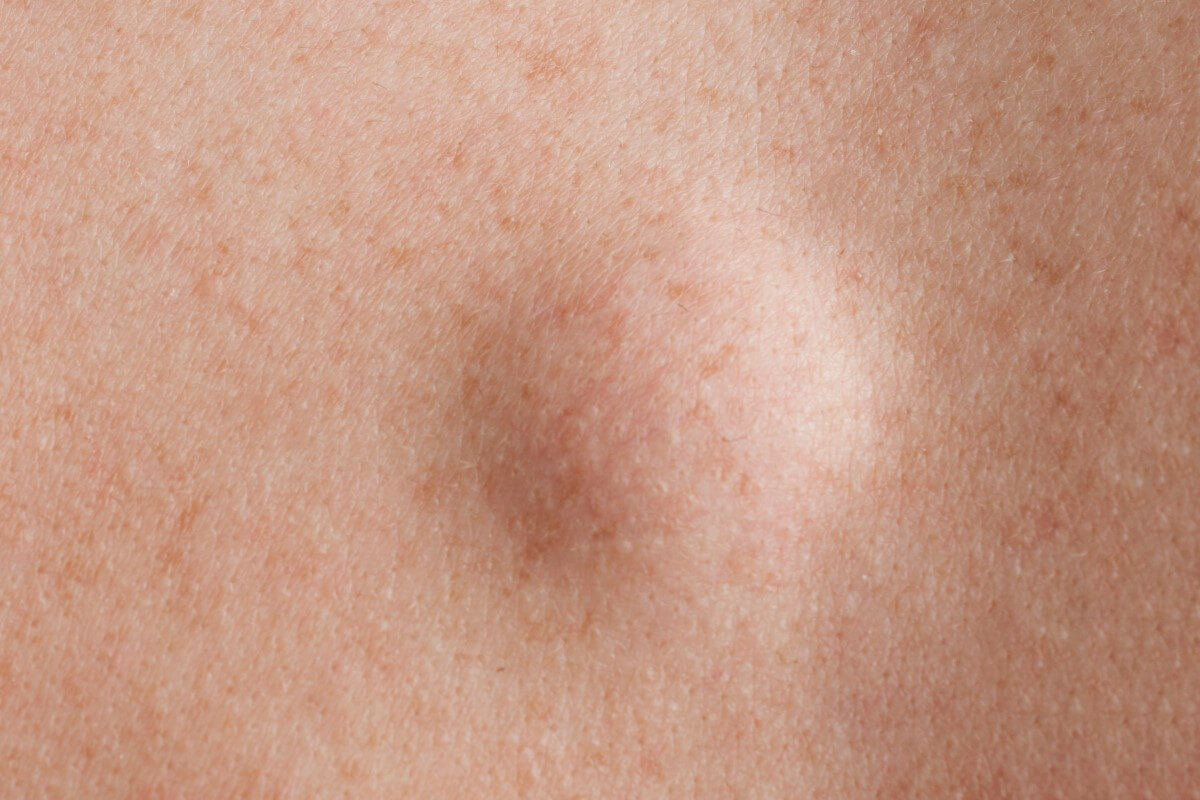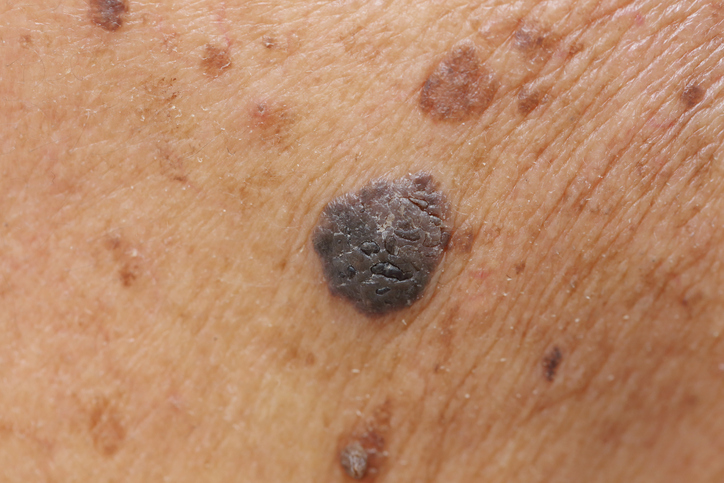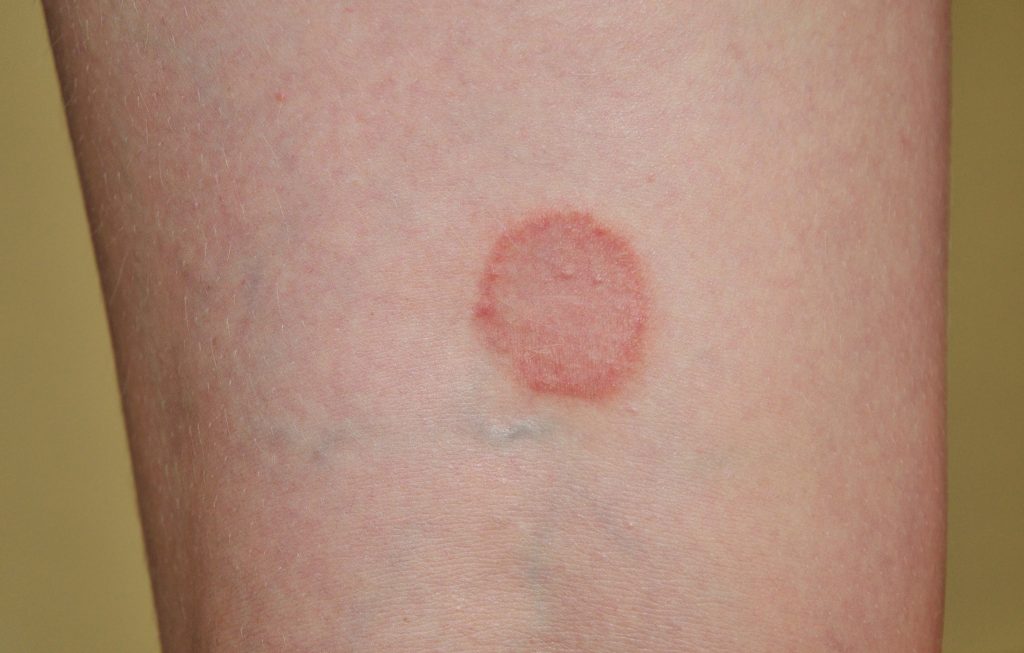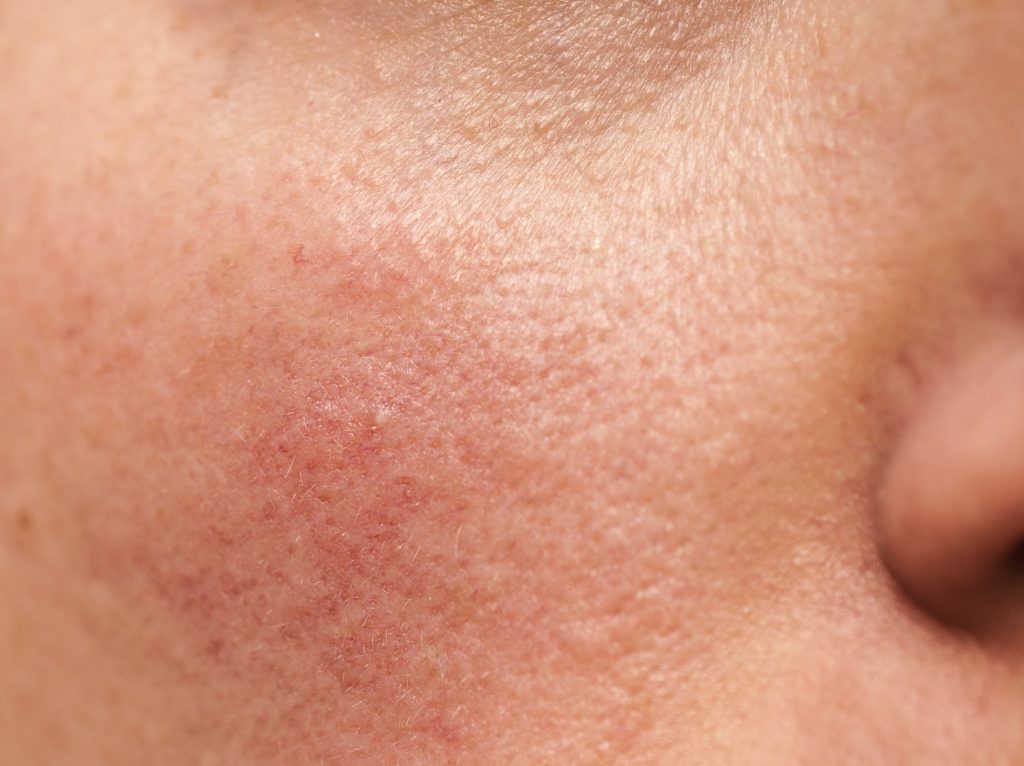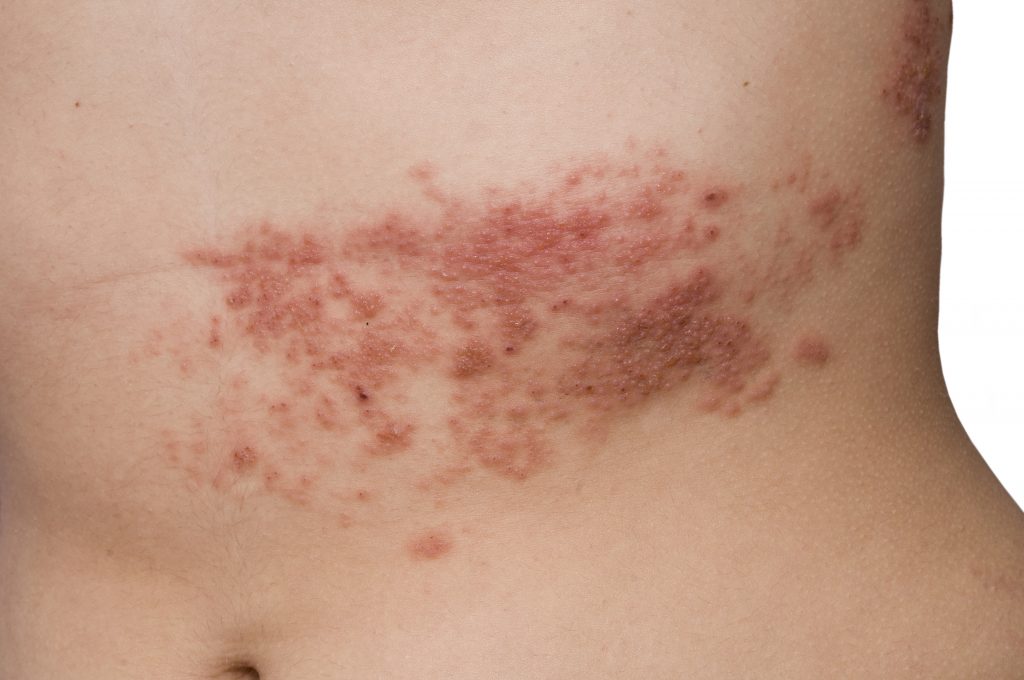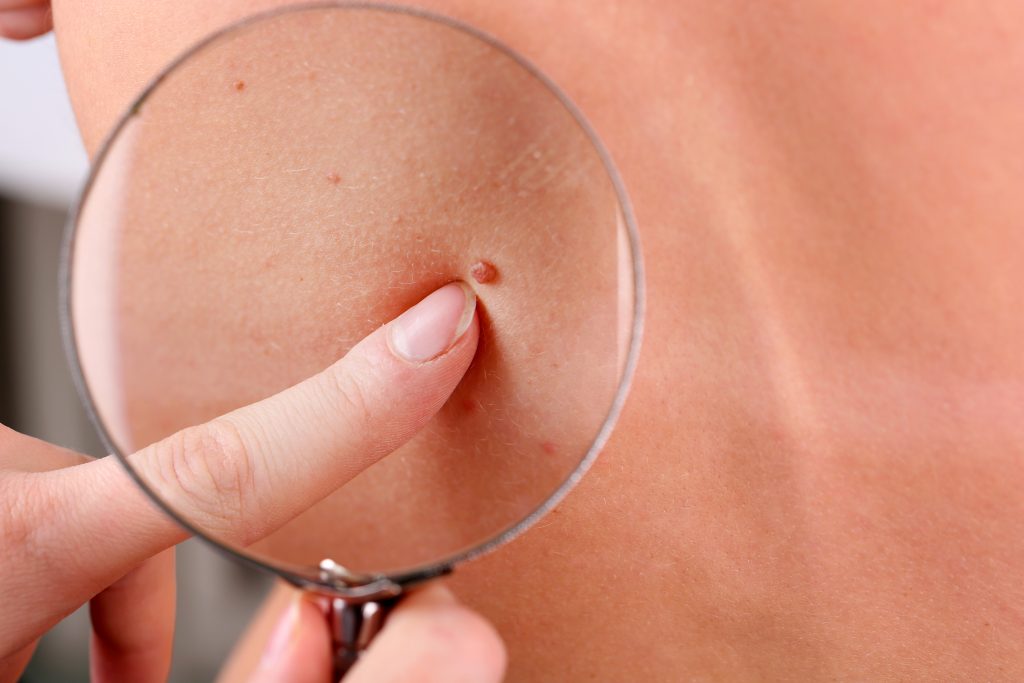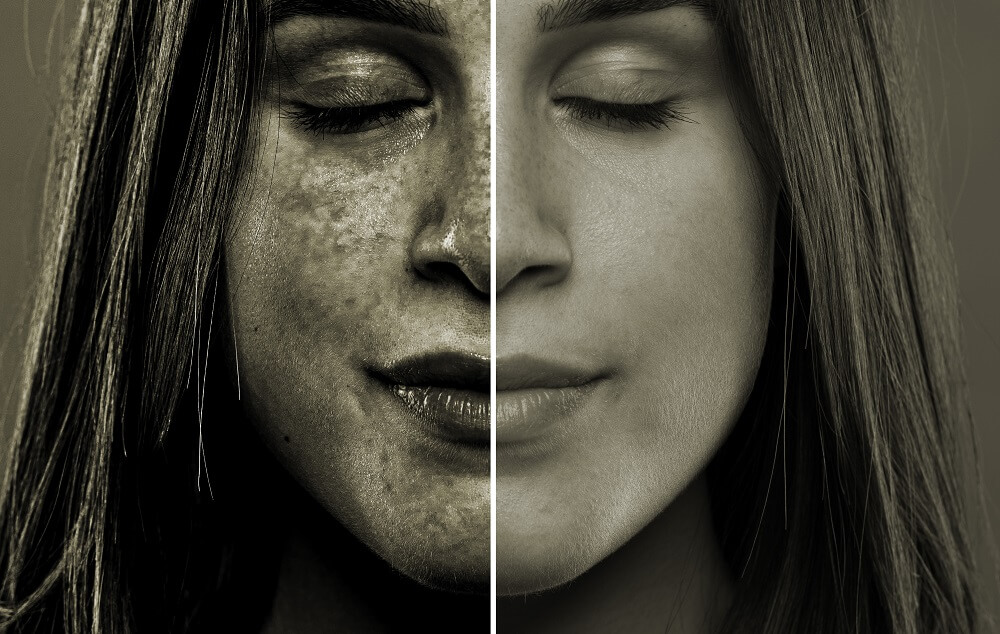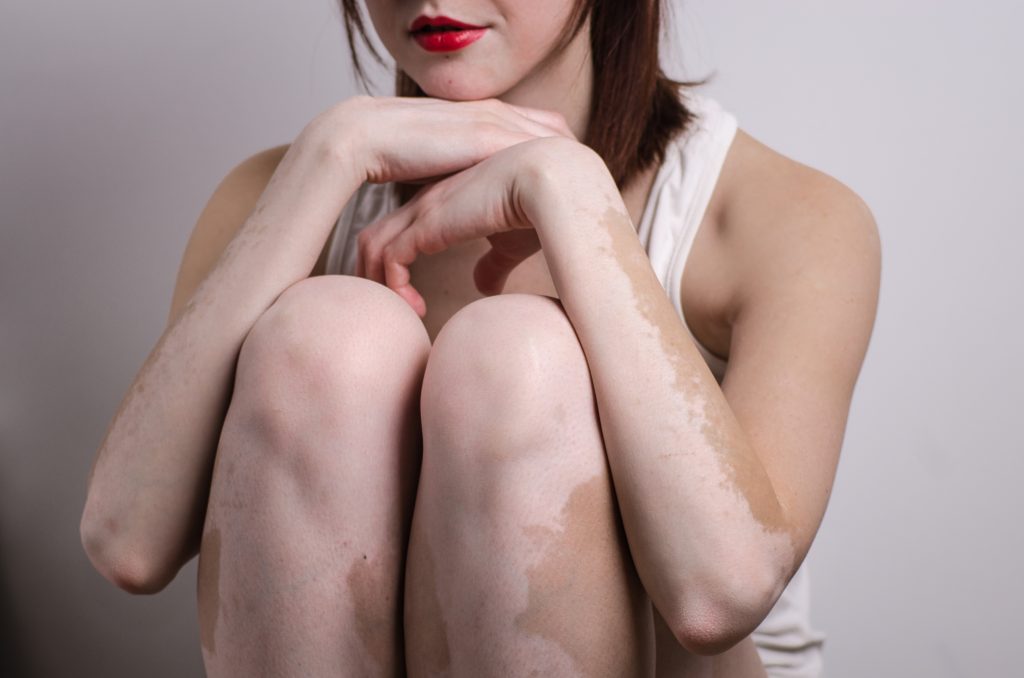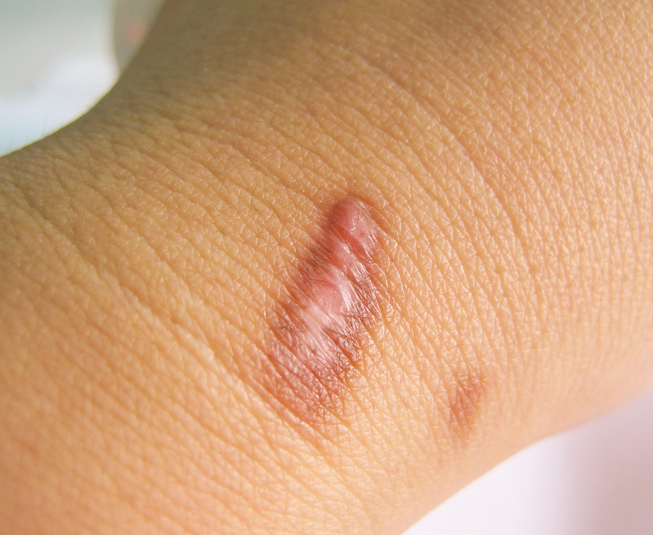Dr. Jeffrey Harbold, Jr. is board-certified both as a Dermatologist and as a Micrographic Dermatologic Surgeon, with a passion for surgical and general dermatology. He specializes in skin cancer prevention, detection, and treatment.
After graduating from Brigham Young University in Provo, UT, he earned his medical degree from Kansas City University of Medicine in Kansas City, MO. He completed his internship in internal medicine at Mercy Medical Center in Des Moines, IA, followed by his residency training in dermatology with HCA Healthcare Corpus Christi Medical Center in McAllen, TX. During his last year in training, he served as chief resident. After completing his residency, Dr. Harbold remained at HCA serving two years as a faculty member training residents in surgical and general dermatology.
Dr. Harbold is fluent in Spanish and enjoys getting to know his patients and helping improve their lives through his care and treatment. In particular, he specializes in basal and squamous cell carcinomas, melanoma, pre-cancerous lesions, the removal of benign lesions, and Mohs surgery.
He is board certified by the American Board of Dermatology and an active member of the American Academy of Dermatology.
Outside of work, Dr. Harbold loves spending time with his wife and three young children traveling, camping, and learning to play golf together. They enjoy the family-friendly community that Tyler offers.
Dr. Harbold practices at our Tyler on Dominion Plaza and Tyler on Beckham locations, and he is currently accepting new patients. Contact our office today to request an appointment.
Specialties and Affiliations
- American Board of Dermatology
- American Academy of Dermatology


